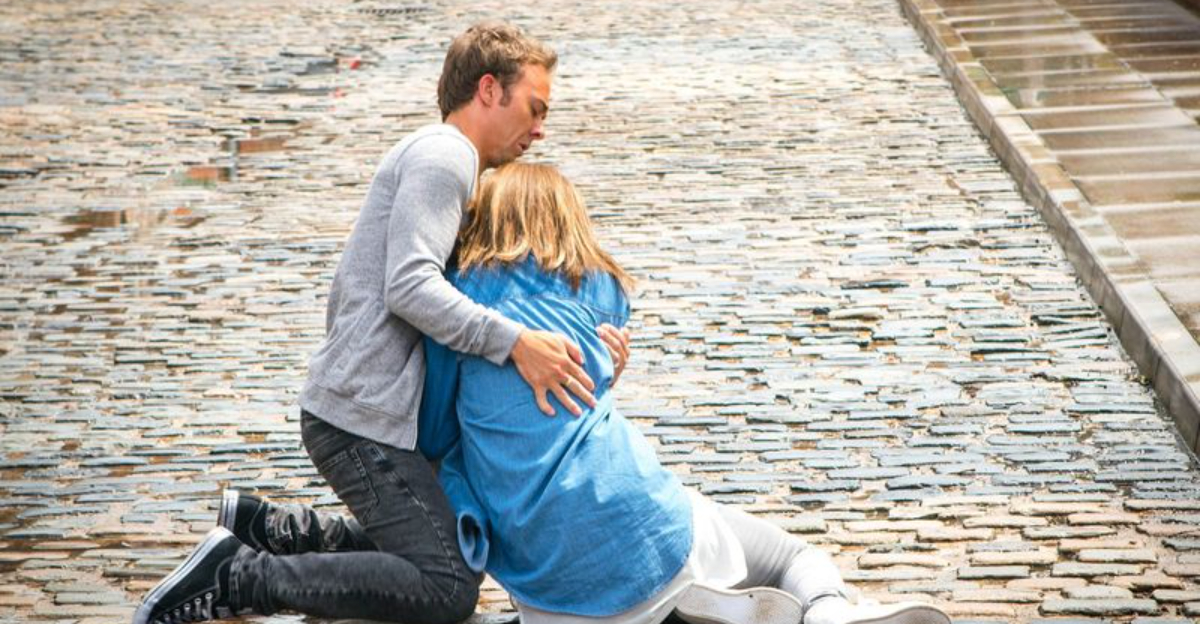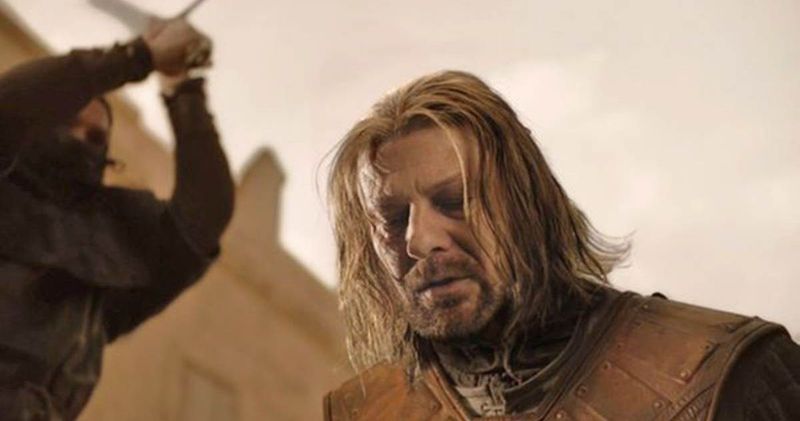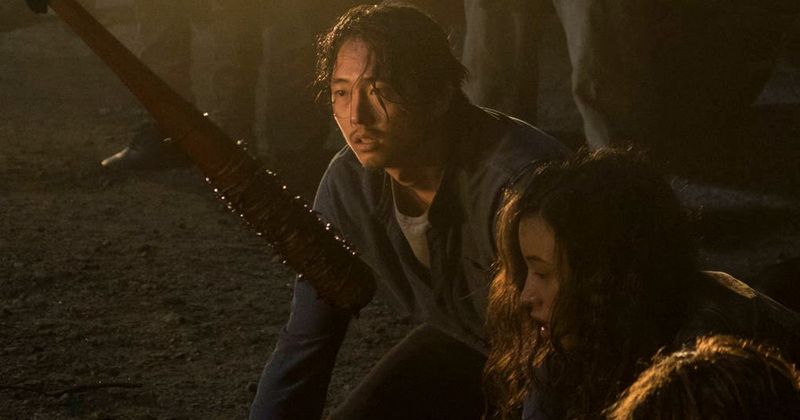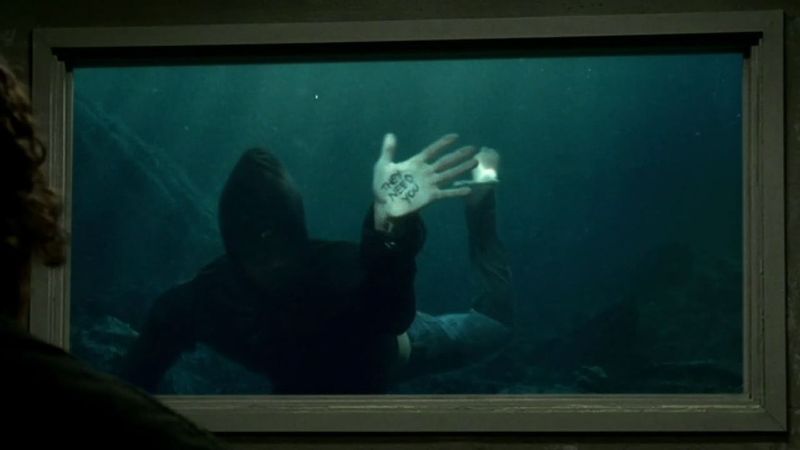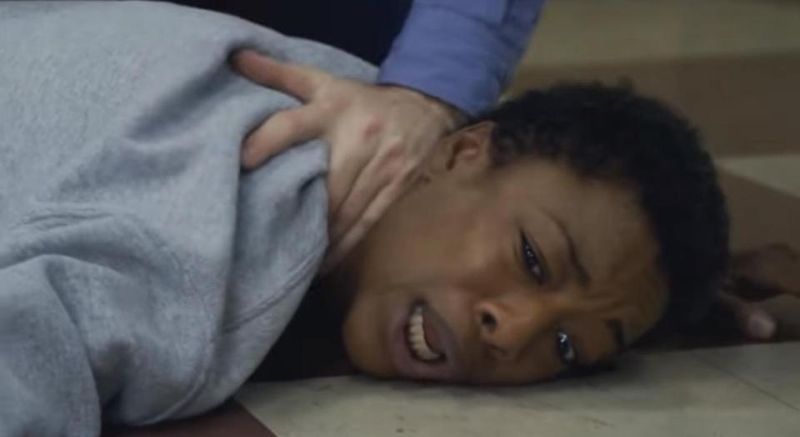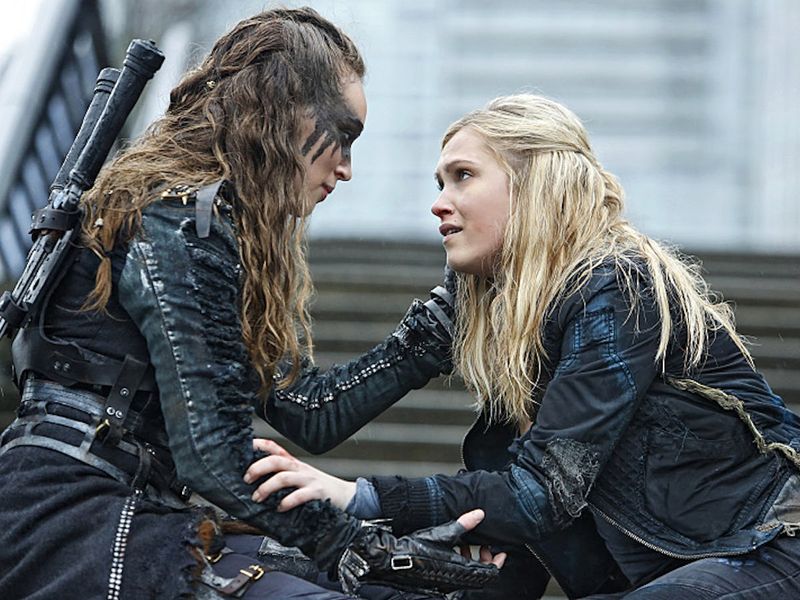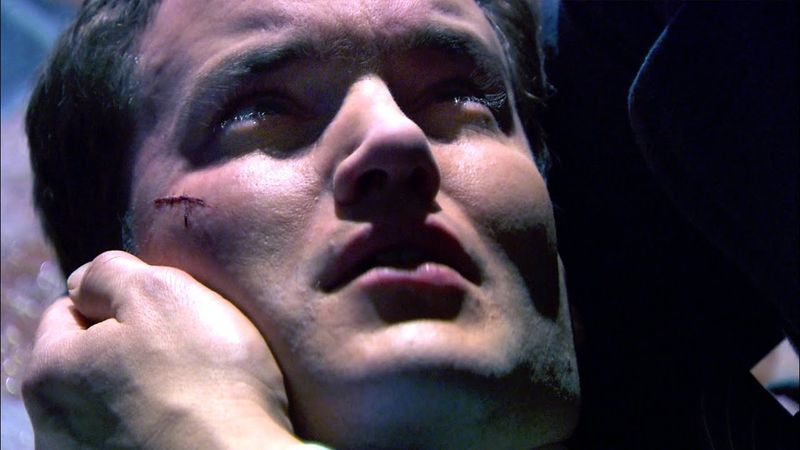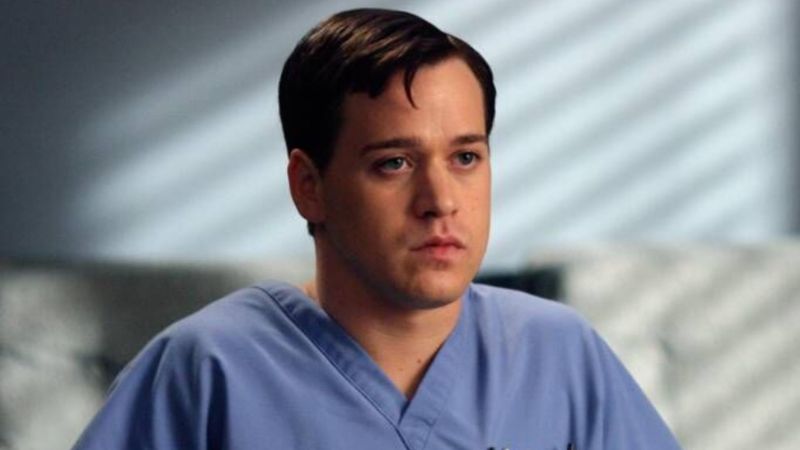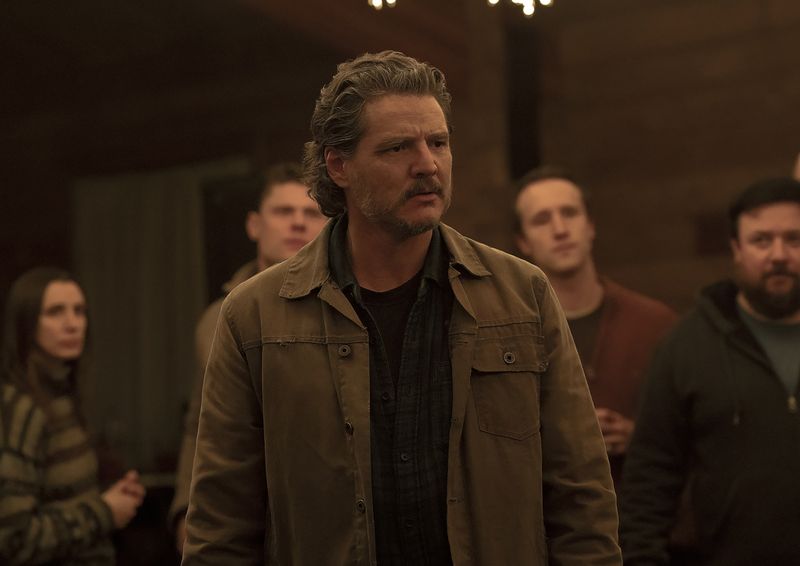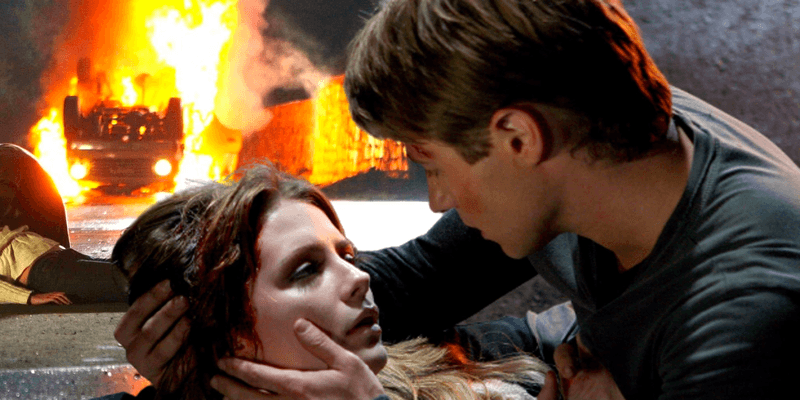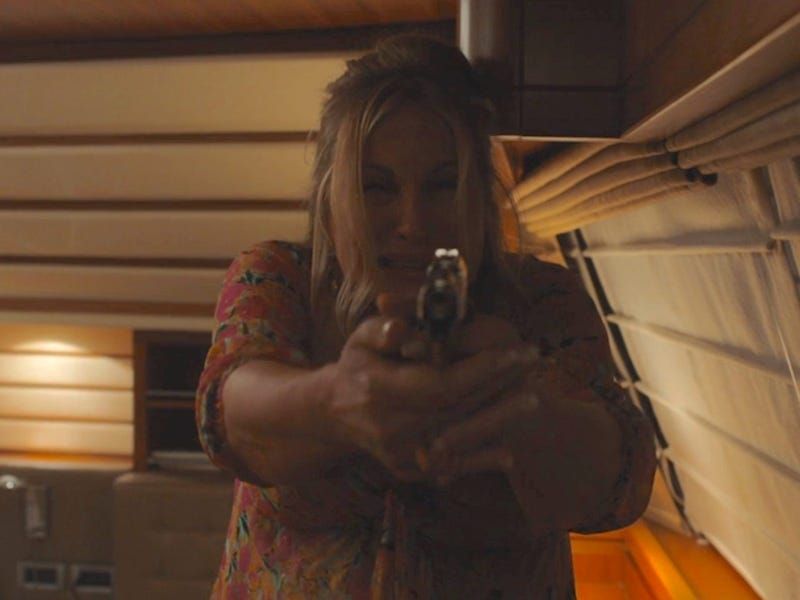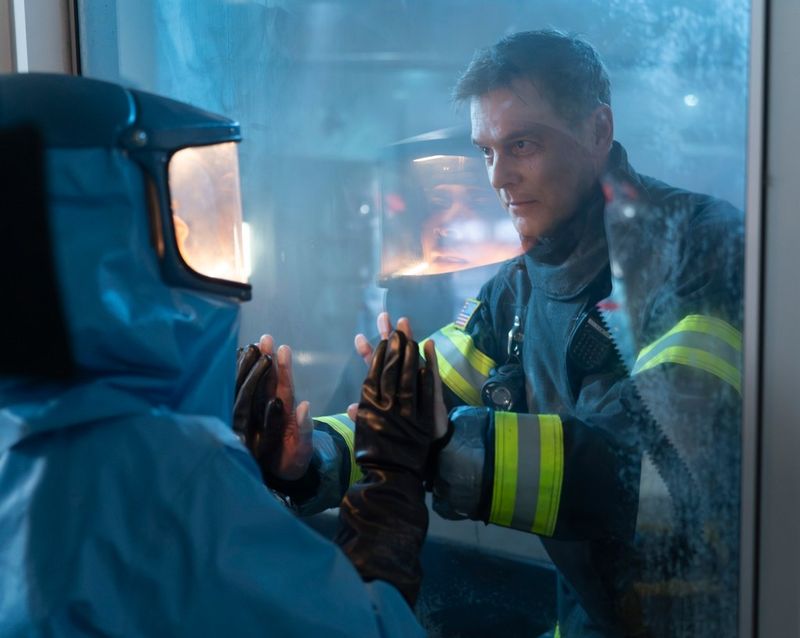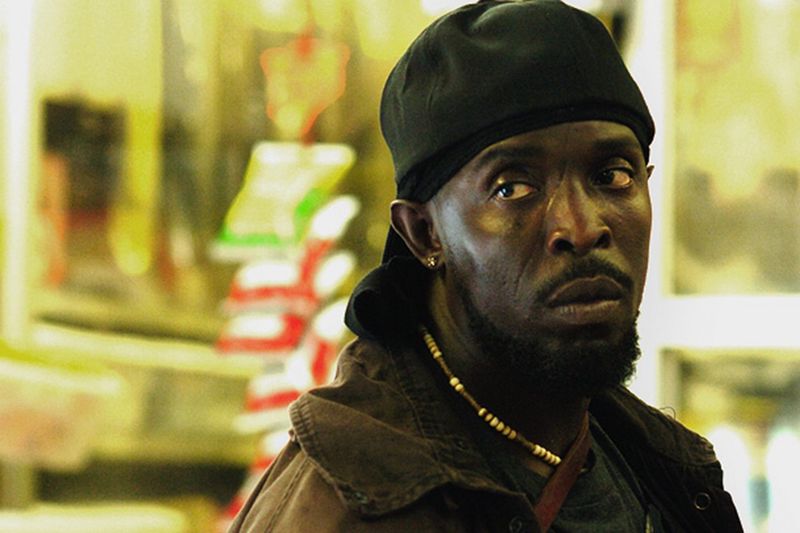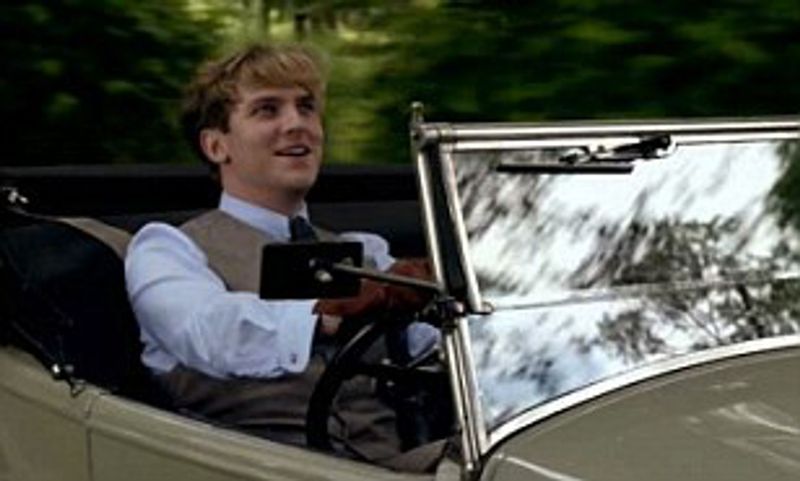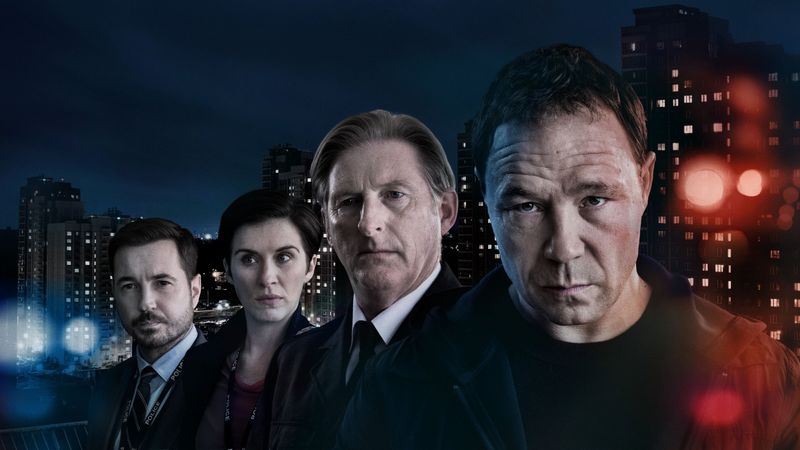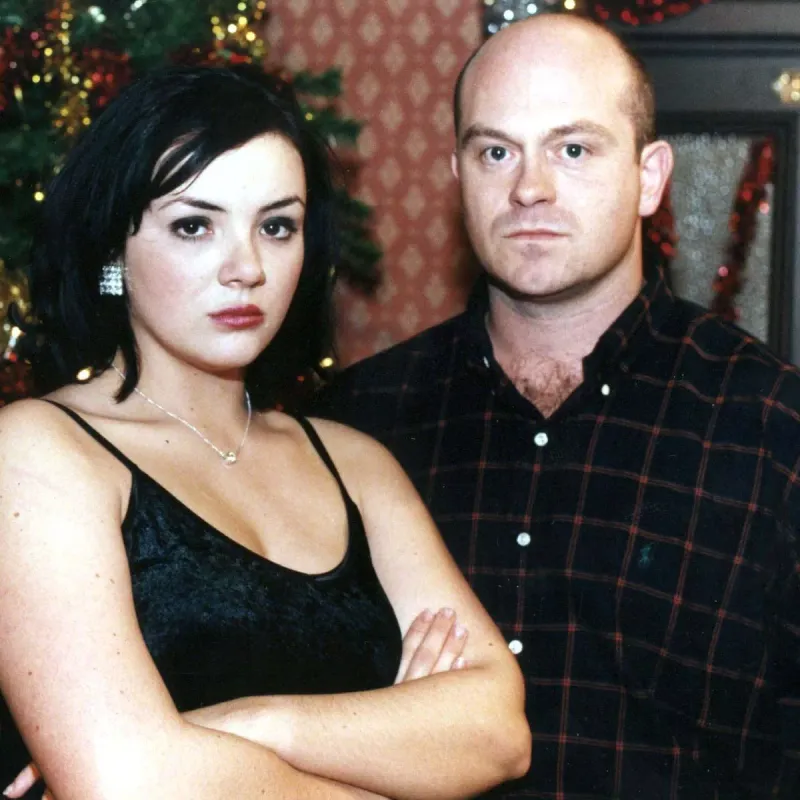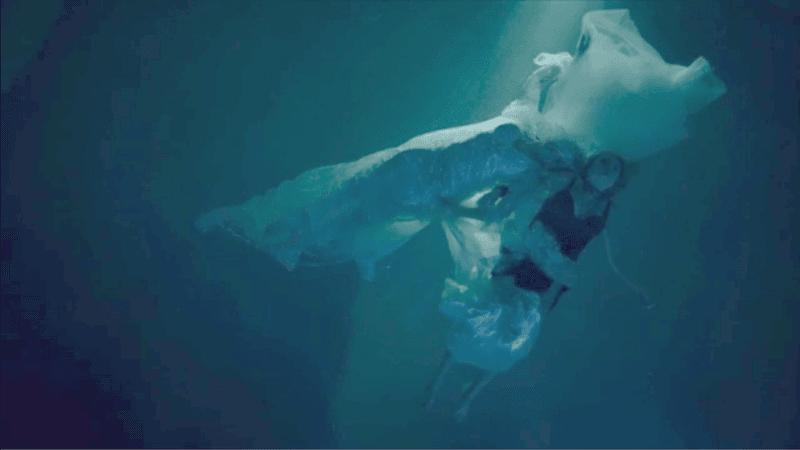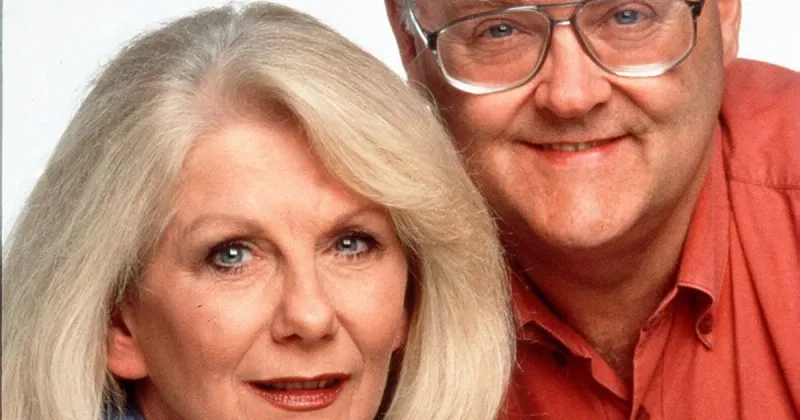Television shows have a special power to make us care deeply about fictional characters. We invite them into our living rooms week after week, watching their stories unfold until they feel almost like friends or family. That’s why when a beloved character dies unexpectedly, it can hit us with real emotional force. These 21 character deaths from popular TV shows didn’t just surprise us – they left us truly stunned, forever changing the shows we loved.
1. Ned Stark’s Honor Became His Downfall
The execution of Ned Stark in the first season of Game of Thrones established a brutal precedent that no character was safe in this world. Positioned as the show’s moral compass and apparent protagonist, Ned’s beheading shocked viewers who expected the honorable hero to somehow escape his fate.
The scene was masterfully crafted to build hope before snatching it away cruelly. Even those who had read the books felt the gut punch of seeing Sean Bean’s dignified performance end so abruptly.
This death fundamentally changed television storytelling, proving that major characters could be eliminated without warning, raising the stakes for every dangerous situation thereafter.
2. Glenn’s Brutal Farewell Crossed a Line
When Negan’s barbed-wire bat came crashing down on Glenn’s head in The Walking Dead, viewers weren’t just shocked—they were traumatized. The graphic nature of this beloved character’s death pushed boundaries even for a zombie apocalypse show.
Glenn had survived countless near-death experiences, making his actual demise all the more devastating. His final words to his pregnant wife Maggie—”I’ll find you”—haunted fans for seasons to come.
Actor Steven Yeun’s performance made Glenn one of the most relatable characters on the show, which made watching his eye bulge out after repeated bat strikes almost unbearable for loyal viewers.
3. Charlie’s Sacrifice Created Lost’s Most Tearful Goodbye
Charlie Pace’s drowning death on Lost wasn’t just shocking—it was heroically heartbreaking. The former rock star turned island survivor sacrificed himself to save his friends, scrawling “Not Penny’s Boat” on his hand as his final communication.
What made this death especially powerful was Charlie’s character growth. From a drug-addicted musician to a selfless hero, his journey represented the show’s theme of redemption.
The slow, deliberate way the scene played out—with Charlie accepting his fate and making peace with it—gave viewers time to process the loss even as they hoped for a last-minute rescue that never came.
4. Poussey’s Senseless Suffocation Mirrored Real-World Tragedy
Orange Is the New Black delivered its most politically charged death when beloved inmate Poussey Washington was accidentally suffocated during a prison protest. Her death at the hands of an untrained guard hit with devastating force because of how unnecessary and preventable it was.
The show deliberately evoked real-world cases of police brutality, making Poussey’s death not just fictional tragedy but social commentary. Her small frame pinned under the officer’s knee created imagery that was impossible to forget.
What made this loss particularly cruel was that Poussey had plans for life after prison—dreams that viewers knew would never be realized.
5. Lexa’s Death Sparked a Cultural Movement
Commander Lexa’s death in The 100 transcended the show itself, becoming a flashpoint for discussions about the “Bury Your Gays” trope. Shot by a stray bullet moments after consummating her relationship with Clarke, the timing felt particularly cruel to LGBTQ+ viewers.
Fans were devastated not just because Lexa died, but because her death followed a pattern of queer characters being killed off after finding happiness. The backlash was immediate and powerful, spawning the “Lexa Deserved Better” movement.
Actress Alycia Debnam-Carey’s commanding performance had made Lexa a fan favorite, which only intensified the grief and anger surrounding her sudden, unnecessary death.
6. Ianto Jones’ Virus Death Left Torchwood Fans Reeling
Torchwood broke hearts when Ianto Jones died in Captain Jack’s arms during the “Children of Earth” miniseries. The soft-spoken team member succumbed to an alien virus after confronting the 456, leaving viewers unprepared for the loss of such a central character.
The death hit especially hard because of Jack and Ianto’s romance, which had become a cornerstone of the show. Their final exchange—”I love you,” “Don’t”—captured the tragic essence of Torchwood’s universe.
Fan outrage was so intense that coffee shrines appeared around Cardiff where the show was filmed, and a charity fundraiser was organized in Ianto’s memory—proof of how deeply this fictional death resonated.
7. Rita Morgan’s Bathtub Discovery Changed Dexter Forever
Finding Rita Morgan dead in a blood-filled bathtub ranks among television’s most shocking finales. The Trinity Killer’s final victim was Dexter’s wife—a twist that blindsided everyone, including Dexter himself who returned home to find their baby sitting in his mother’s blood.
The visual parallel to Dexter’s own childhood trauma was unmistakable and devastating. Rita had represented Dexter’s chance at normalcy, his anchor to humanity in a life otherwise defined by his dark passenger.
Julie Benz portrayed Rita with such warmth that her violent end felt like losing a friend. Her death marked the moment Dexter truly understood the cost of his double life.
8. George O’Malley’s Heroic End Came Without Warning
Grey’s Anatomy delivered one of its cruelest twists when the unrecognizable John Doe brought to Seattle Grace turned out to be George O’Malley. The revelation that sweet, lovable George had been hit by a bus while saving a stranger was devastating enough.
But the genius of this death was how it unfolded—viewers didn’t realize they were watching George die until Meredith decoded his finger-traced “007” message. The nickname callback created an emotional gut punch that left audiences gasping.
T.R. Knight’s character had been the heart of the show, making his sudden departure feel like losing a friend we’d grown up with through medical school and beyond.
9. Joel Miller’s Brutal Beating Left No Room for Heroics
The Last of Us shocked viewers when protagonist Joel Miller was beaten to death with a golf club early in the second season. Pedro Pascal’s character had become the emotional center of the show, making his violent end feel almost like a betrayal to audiences.
What made this death particularly devastating was its unflinching brutality. There was no heroic last stand or meaningful final words—just a man overwhelmed and executed while his surrogate daughter was forced to watch.
The death divided fans, with many unprepared for such a beloved character to be eliminated so suddenly and viciously, regardless of his morally complex past actions.
10. Marissa Cooper’s Fiery Crash Ended The O.C.’s Golden Era
The O.C. forever changed when Marissa Cooper died in Ryan’s arms after a car crash in the season three finale. Her death marked the end of innocence for the teen drama that had captured mid-2000s pop culture.
The scene was masterfully constructed for maximum emotional impact—Marissa and Ryan’s history flashing between them as she slipped away while Imogen Heap’s “Hallelujah” played. It wasn’t just a character death; it was the end of an era.
Mischa Barton’s exit was controversial behind the scenes, but onscreen it created a defining television moment that fans still discuss with a mix of sadness and nostalgia nearly two decades later.
11. Tanya McQuoid’s Yacht Mishap Balanced Tragedy With Dark Comedy
The White Lotus delivered a shocking finale when socialite Tanya McQuoid accidentally shot her would-be killers, then clumsily fell off a yacht to her death. Jennifer Coolidge’s character had become the heart of the anthology series, making her demise both unexpected and oddly fitting.
The brilliance of this death lay in its tragicomic execution. After a moment of surprising competence where Tanya fought back against her attackers, she died not from murder but from her own panicked misstep.
Creator Mike White crafted the perfect end for a character defined by privilege and cluelessness—dying while trying to escape a luxury yacht after narrowly escaping murder.
12. Bobby Nash’s Sudden Infection Devastated 9-1-1 Fans
Captain Bobby Nash’s death from a rapidly spreading infection caught 9-1-1 viewers completely off guard. The steady leader of the 118 had survived countless dangerous rescues only to be taken down by an invisible enemy his team couldn’t fight.
Peter Krause brought such stability and fatherly wisdom to Bobby that his loss created a void for both characters and audiences. His relationship with Athena had become the emotional anchor of the show.
What made this death particularly cruel was its ordinariness—no heroic sacrifice or dramatic rescue gone wrong, just a sudden illness that reminded viewers that first responders are vulnerable in ways that have nothing to do with burning buildings.
13. Omar Little’s Street Legend Ended With Stark Simplicity
The Wire delivered its most philosophically perfect death when legendary stick-up man Omar Little was shot by a child in a convenience store. After surviving countless dangerous encounters with Baltimore’s most feared criminals, Omar died in a random, meaningless moment.
Michael K. Williams’ portrayal had made Omar larger than life—a Robin Hood figure whose shotgun-toting approach to the drug game earned him mythic status. This made his mundane death all the more powerful as a statement about urban violence.
The scene’s genius lay in its anticlimactic nature—no dramatic music or slow-motion, just a sudden shot and Omar’s body hitting the floor, underlining the show’s unflinching realism about life and death on the streets.
14. Matthew Crawley’s Christmas Day Crash Outraged Downton Fans
Downton Abbey created perhaps its most controversial moment when Matthew Crawley died in a car crash minutes after meeting his newborn son. The timing was particularly cruel—aired on Christmas Day in the UK, the episode turned holiday celebration into mourning.
Dan Stevens’ departure from the series necessitated Matthew’s death, but the abruptness shocked viewers who had invested in his romance with Lady Mary. Their hard-won happiness, culminating in parenthood, was shattered in seconds.
The visual juxtaposition of Mary’s joyful hospital bed scenes with Matthew’s lifeless body beneath his overturned car created a narrative whiplash that left audiences feeling almost personally betrayed by the show’s creators.
15. Maude Flanders’ T-Shirt Cannon Incident Mixed Shock With Satire
The Simpsons took a rare dramatic turn when Maude Flanders was killed by falling off a stadium grandstand after being hit by t-shirt cannons. For a show known for its reset-button approach to storytelling, permanently eliminating a recurring character was unprecedented.
The absurdity of the death method—being knocked over by promotional t-shirts—maintained the show’s satirical edge even in tragedy. Yet Ned’s grief and the community’s reaction were handled with surprising sensitivity.
This death marked a turning point for The Simpsons, demonstrating that even in Springfield, actions could have permanent consequences. Maude’s absence continued to affect storylines for years, particularly through Ned’s character development.
16. Cassie Stuart’s Pre-Retirement Tragedy Felt Cruelly Unfair
Unforgotten delivered a gut punch when DCI Cassie Stuart died from injuries sustained in a car accident just days before her retirement. After years of solving cold cases and seeking justice for forgotten victims, Cassie herself became a victim of senseless timing.
Nicola Walker had made Cassie the moral compass of the show—dedicated, empathetic, and increasingly worn down by the emotional toll of her work. Her death felt like losing a friend viewers had watched struggle toward a well-deserved rest.
The unfairness of her timing—so close to retirement, with plans for a new beginning—made this death particularly poignant, mirroring the very injustices she had spent her career fighting against.
17. John Corbett’s Undercover Operation Ended In Betrayal
Line of Duty shocked viewers when undercover officer John Corbett had his throat slit in a savage betrayal. Stephen Graham’s intense performance had made Corbett a magnetic presence, blurring the lines between cop and criminal as he went deeper undercover.
The brutal nature of his death—throat cut from behind, left to bleed out alone—was made more tragic by the revelation that he was searching for truth about his own mother’s disappearance. His personal quest for justice led directly to his demise.
This death epitomized Line of Duty’s unflinching approach to police corruption storylines, where even the most compelling characters could be eliminated without warning when they got too close to the truth.
18. Tiffany Mitchell’s New Year’s Hit-and-Run Left EastEnders Fans Heartbroken
EastEnders delivered one of its most devastating exits when Tiffany Mitchell was struck by a car while chasing after her husband Grant. The New Year’s Eve timing made the death feel especially cruel, turning celebration into tragedy.
Martine McCutcheon’s portrayal had made Tiffany a fan favorite—the young mother fighting for happiness despite continuous setbacks. Her death came just as she was planning to leave Albert Square with her daughter for a fresh start.
The scene was masterfully constructed for maximum emotional impact—Tiffany running through foggy streets in her red coat, calling Grant’s name before the screeching tires and devastating impact that would echo through the show for years to come.
19. Ronnie and Roxy Mitchell’s Drowning Double Tragedy Shocked Soap Fans
EastEnders delivered an unprecedented double blow when sisters Ronnie and Roxy Mitchell drowned together on Ronnie’s wedding day. The siblings who had been inseparable in life met their end together in a hotel swimming pool after a night of celebration turned deadly.
Samantha Womack and Rita Simons had made the Mitchell sisters iconic over their decade on the show. Their complex relationship—filled with love, rivalry, and shared trauma—made their simultaneous deaths all the more powerful.
The juxtaposition of Ronnie’s wedding dress floating in the water while her new husband searched for her created visually haunting imagery that stayed with viewers long after the episode ended.
20. Kylie Platt’s Broad Daylight Stabbing Brought Violence to Coronation Street
Coronation Street broke viewers’ hearts when Kylie Platt was stabbed outside a convenience store in broad daylight. The random nature of her death—killed while defending a friend from a thug—made it all the more shocking for a character who had finally found stability.
Paula Lane’s portrayal had transformed Kylie from a troubled troublemaker to a devoted wife and mother. Her death came just as she and husband David were planning to start fresh in Barbados with their children.
The scene where she died in David’s arms on the cobbles, telling him to be happy, became one of the soap’s most memorable moments—raw grief playing out in the ordinary setting that defines Coronation Street’s realism.
21. Madge Bishop’s Cancer Farewell Became Australian TV History
Neighbours created Australian television history when beloved Madge Bishop died of pancreatic cancer in husband Harold’s arms. Anne Charleston’s character had been a Ramsay Street matriarch, making her decline and death feel like losing a neighborhood grandmother.
The scenes were handled with remarkable sensitivity for a soap opera. Madge’s final hallucination of seeing her family members who had already passed created a beautiful, spiritual dimension to her farewell.
Harold’s gentle care throughout her final days, culminating in him holding her as she slipped away, created one of television’s most tender depictions of end-of-life love. The moment transcended soap opera conventions to become genuinely moving art.
